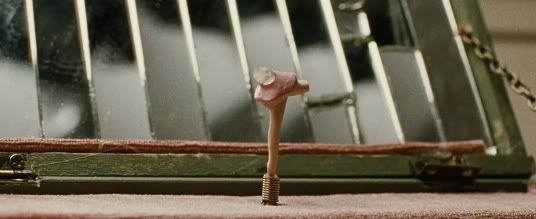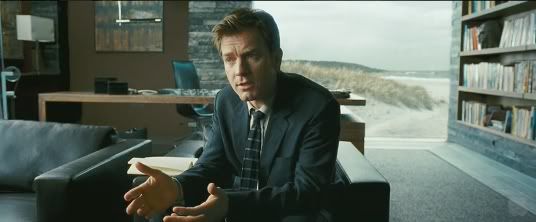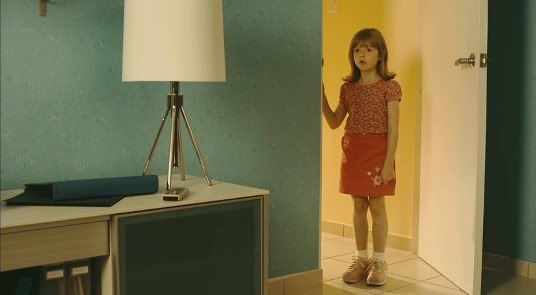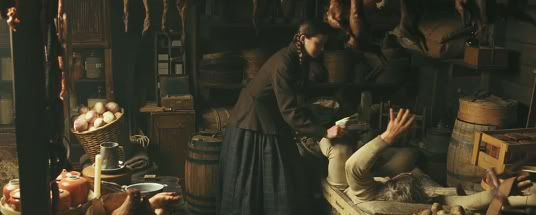Film is an artificial medium. When I first started watching movies
— for the record, the first theater experience I can remember is Jurassic Park when I was five or six years old
— that never crossed my mind. It's not that I believed everything on screen was really happening, but it's just not something you think about for a long time.
But decisions go into everything, from the color of the protagonist's car to which pen he uses and how he signs his name. There are seemingly infinite possibilities when it comes to these things, but the best films use these choices to say something about the character or the scene. These films, in my opinion, have done that the best.
Briefly, some useful film vocab: A production designer is responsible for the overall visual appearance of a film.
A set designer or decorator is in charge of translating the production designer's vision, choosing furnishings and other items seen on a given set.
An art director oversees the workers who actually build the sets. Lower budget films, such as Life During Wartime, sometimes forgo either the set designer or art director.

Agora realistically recreates Roman Alexandria, in the process resurrecting the style of the 1950s sword-and-sandal epic. The attention to detail in the film is awe-inspiring. And, what's most impressive, is how (almost) seamlessly practical effects and sets integrate with CGI backdrops.
Production design — Guy Dyas
Art direction — Frank Walsh
Set design — Larry Dias

Black Swan is a textbook example of a film where every decision was consciously made to contribute to the overall atmosphere. The Sayers' apartment, the ballet company and even Nina's casting party are all precisely designed to contribute to that mounting sense of dread.
Production design — Thérèse DePrez
Art direction — David Stein
Set design — Tora Peterson

The Ghost Writer's production design makes up for what's lacking in the script. So much of the tension in the film is drawn from the foreboding sets. Highlights include a post-modern Martha's Vineyard retreat, an empty ferry terminal and a claustrophobic London book release party.
Production design — Albrecht Konrad
Art direction — David Scheunemann
Set design — Bernhard Henrich and Ulli Isfort

Life During Wartime uses its sun-kissed Florida setting for a surreal backdrop to the often desperate and sometimes despicable acts its characters perpetrate. As a counterpoint to the very sobering themes on display, the garish condominiums and McMansions and strip mall restaurants work their magic.
Production design — Roshelle Berliner
Art direction — Matteo De Cosmo

True Grit captures the grit of the old west without the usual embellishments. Mattie Ross doesn't frequent any saloons, but the places she does visit in her efforts to bring closure to her father's death — particularly Rooster Cogburn's back room abode — all exude an authenticity that's hard to fake.
Production design — Jess Gonchor
Art direction — Christina Ann Wilson
Set design — Nancy Haigh

No comments:
Post a Comment